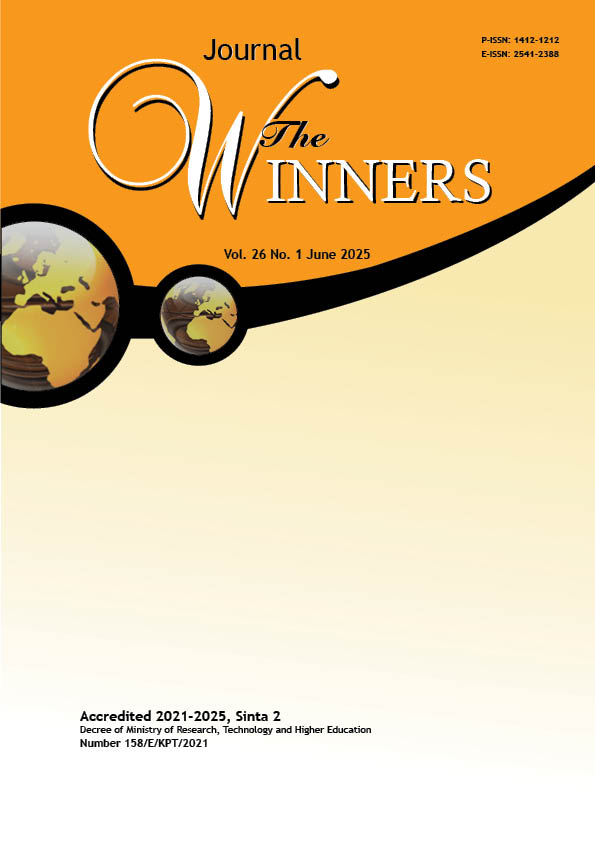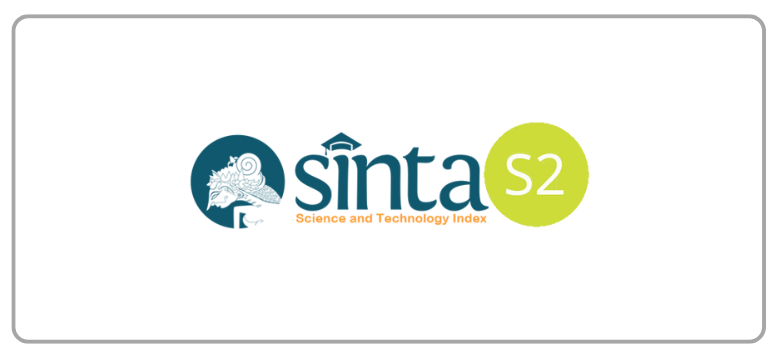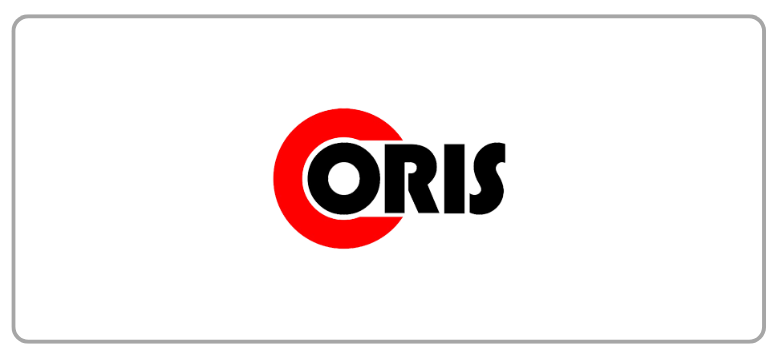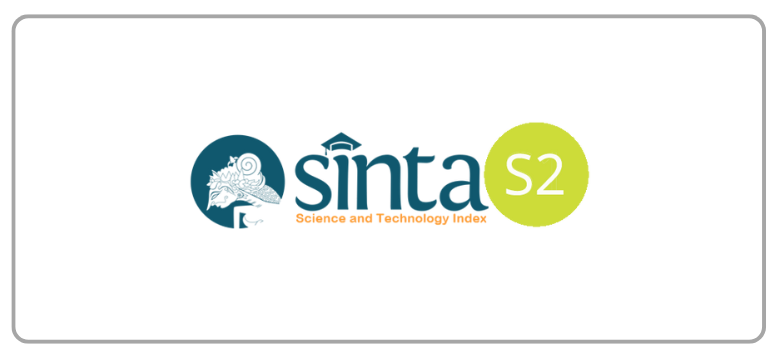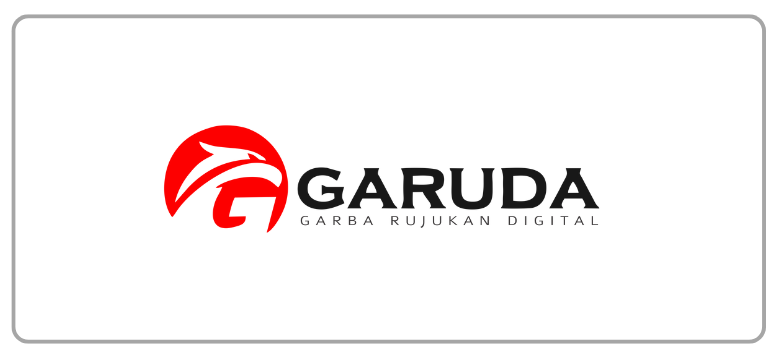How FOMO and Price Affect Online Purchase of Imitation Products
DOI:
https://doi.org/10.21512/tw.v26i1.12969Keywords:
Purchase intention, imitating products, luxury brands, FOMO, online storeAbstract
The research examined how factors such as Fear of Missing Out (FOMO), imitation of products, and price value influence consumers' impulsive buying and purchase intentions regarding imitation products online. A quantitative descriptive method was applied with data collected through surveys by distributing questionnaires. The sample was selected using a non-probability sampling technique with criteria: 1) residing in Indonesia, 2) aged 17 years or older, 3) having previously purchased imitation products online, and 4) willing to complete the entire questionnaire. A total of 207 respondents were analyzed. Data were processed using Partial Least Squares - Structural Equation Modeling (PLS-SEM). The findings suggest that FOMO and imitation products significantly impact online impulsive buying. Additionally, price value and online impulsive buying influence purchase intentions. There is also an indirect effect of FOMO and imitation products on purchase intentions through online impulsive buying. The research fills a gap in prior research that has rarely examined these variables' direct and indirect effects on online impulsive buying and purchase intention for imitation products. Theoretically, this research contributes to digital consumer behavior studies in the post-COVID-19 era, providing companies with a better understanding of factors influencing purchase intentions for imitation products.
References
Alsaid, K. N., & Saleh, M. A. H. (2019). Perceived value and purchase intention of counterfeit luxury brands: Testing the moderation of materialism. Amity Journal of Marketing, 4(1), 1-17.
Amaral, M. A. L., & Djuang, G. (2023). Relationship between social influence, shopping lifestyle, and impulsive buying on purchase intention of preloved products. KINERJA, 27(1), 91-106. https://doi.org/10.24002/kinerja.v27i1.6635.
Ambarwati, R., & Sari, D. K. (2024). Experiential marketing and Islamic branding: a new perspective on college decision in Islamic higher education. Journal of Islamic Marketing, 15(3), 745-776. https://doi.org/10.1108/JIMA-08-2022-0207.
Bläse, R., Filser, M., Kraus, S., Puumalainen, K., & Moog, P. (2024). Non-sustainable buying behavior: How the fear of missing out drives purchase intentions in the fast fashion industry. Business Strategy and the Environment, 33(2), 626-641. https://doi.org/10.1002/bse.3509.
Chakraborty, U. (2019). The impact of source credible online reviews on purchase intention: The mediating roles of brand equity dimensions. Journal of Research in Interactive Marketing, 13(2), 142-161. https://doi.org/10.1108/JRIM-06-2018-0080.
Chen, C. C., & Yao, J. Y. (2018). What drives impulse buying behaviors in a mobile auction? The perspective of the Stimulus-Organism-Response model. Telematics and Informatics, 35(5), 1249-1262. https://doi.org/10.1016/j.tele.2018.02.007.
Chen, D., Qu, W., Xiang, Y., Zhao, J., & Shen, G. (2019). People of lower social status are more sensitive to hedonic product information—Electrophysiological evidence from an ERP study. Frontiers in Human Neuroscience, 13. https://doi.org/10.3389/fnhum.2019.00147.
Chetioui, Y., & El Bouzidi, L. (2023). An investigation of the nexus between online impulsive buying and cognitive dissonance among Gen Z shoppers: Are female shoppers different? Young Consumers, 24(4), 406-426. https://doi.org/10.1108/YC-06-2022-1548.
Dinh, T. C. T., Wang, M., & Lee, Y. (2023). How does the fear of missing out moderate the effect of social media influencers on their followers’ purchase intention? SAGE Open, 13(3), 1-13. https://doi.org/10.1177/21582440231197259.
Dwisuardinata, I. B. N., & Darma, G. S. (2022). The impact of social influence, product knowledge, and fear of missing out (FOMO) towards purchase intention on alcoholic beverage in Bali. Binus Business Review, 14(1), 1-11. https://doi.org/10.21512/bbr.v14i1.8919.
Eisen, M. (2019). Morality effects and consumer responses to counterfeit and pirated products: A meta-analysis. Journal of Business Ethics, 154(2), 301-323. https://doi.org/10.1007/s10551-016-3406-1.
Elsantil, Y. G. (2021). A review of internal and external factors underlying the purchase of counterfeit products. Academy of Strategic Management Journal, 20(1), 1-13.
Gani, M. O., Alam, M. I., Mostaquim-Al-Islam, Chowdhury, S. A., & Faruq, M. O. (2019). Factors affecting consumers’ purchase intention for counterfeit luxury goods in Bangladesh. Innovative Marketing, 15(4), 27-41. https://doi.org/10.21511/im.15(4).2019.03.
Golalizadeh, F., Ranjbarian, B., & Ansari, A. (2023). Impact of customer’s emotions on online purchase intention and impulsive buying of luxury cosmetic products mediated by perceived service quality. Journal of Global Fashion Marketing, 14(4), 468-488. https://doi.org/10.1080/20932685.2023.2205869.
Good, M. C., & Hyman, M. R. (2020). ‘Fear of missing out’: antecedents and influence on purchase likelihood. Journal of Marketing Theory and Practice, 28(3), 330-341. https://doi.org/10.1080/10696679.2020.1766359.
Good, M. C., & Hyman, M. R. (2021). Direct and indirect effects of fear-of-missing-out appeals on purchase likelihood. Journal of Consumer Behaviour, 20(3), 564-576. https://doi.org/10.1002/cb.1885.
Hair, J., & Alamer, A. (2022). Partial Least Squares Structural Equation Modeling (PLS-SEM) in second language and education research: Guidelines using an applied example. Research Methods in Applied Linguistics, 1(3). https://doi.org/10.1016/j.rmal.2022.100027.
Hair Jr., J. F, Hult, G. T. M., Ringle, C. M., Sarstedt, M., Danks, N. P., & Ray, S. (2021). Partial Least Squares Structural Equation Modeling (PLS-SEM) using R. Springer.
Halim, E., Januardin, J., & Hebrard, M. (2020). The impacts of e-payment systems and impulsive buying on purchase intention in E-commerce. In Proceedings of 2020 International Conference on Information Management and Technology, ICIMTech 2020 (pp. 847-852). IEEE. https://doi.org/10.1109/ICIMTech50083.2020.9211154.
Harun, A., Mahmud, M., Othman, B., Ali, R., & Ismael, D. (2020). Understanding experienced consumers towards repeat purchase of counterfeit products: The mediating effect of attitude. Management Science Letters, 10(1), 13-28. https://doi.org/10.5267/j.msl.2019.8.019.
Hodkinson, C. (2019). ‘Fear of Missing Out’ (FOMO) marketing appeals: A conceptual model. Journal of Marketing Communications, 25(1), 65-88. https://doi.org/10.1080/13527266.2016.1234504.
Islam, T., Pitafi, A. H., Akhtar, N., & Xiaobei, L. (2021). Determinants of purchase luxury counterfeit products in social commerce: The mediating role of compulsive internet use. Journal of Retailing and Consumer Services, 62. https://doi.org/10.1016/j.jretconser.2021.102596.
Iyer, G. R., Blut, M., Xiao, S. H., & Grewal, D. (2020). Impulse buying: A meta-analytic review. Journal of the Academy of Marketing Science, 48(3), 384-404. https://doi.org/10.1007/s11747-019-00670-w.
Kang, I., He, X., & Shin, M. M. (2020). Chinese consumers’ herd consumption behavior related to Korean luxury cosmetics: The mediating role of fear of missing out. Frontiers in Psychology, 11. https://doi.org/10.3389/fpsyg.2020.00121.
Kassim, M. N., Zain, M., Bogari, N., & Sharif, K. (2021). Why do consumers buy counterfeit luxury products? A tale of two major cities in two different countries. Asia Pacific Journal of Marketing and Logistics, 33(2), 416-446. https://doi.org/10.1108/APJML-06-2019-0361.
Khan, S., Fazili, A. I., & Bashir, I. (2021). Counterfeit luxury consumption: A review and research agenda. Journal of Consumer Behaviour, 20(2), 337-367. https://doi.org/10.1002/cb.1868.
Kusuma, D. F. (2021). The influence of generation z perception of counterfeit product attribute toward purchase intention. Airlangga Journal of Innovation Management, 2(1), 82-91.
Liu, J., Wakeman, S. W., & Norton, M. I. (2025). The egalitarian value of counterfeit goods: Purchasing counterfeit luxury goods to address income inequality. Journal of Consumer Psychology, 35(2), 269-280. https://doi.org/10.1002/jcpy.1431.
Lou, C., & Yuan, S. (2019). Influencer marketing: How message value and credibility affect consumer trust of branded content on social media. Journal of Interactive Advertising, 19(1), 58-73. https://doi.org/10.1080/15252019.2018.1533501.
Luo, H., Cheng, S., Zhou, W., Song, W., Yu, S., & Lin, X. (2021). Research on the impact of online promotions on consumers’ impulsive online shopping intentions. Journal of Theoretical and Applied Electronic Commerce Research, 16(6), 2386-2404. https://doi.org/10.3390/jtaer16060131.
Malla, S., & Yukongdi, V. (2020). Determinants of purchase intention towards counterfeit fashion products: An enquiry among working professionals in Nepal. Review of Integrative Business and Economics Research, 9(4), 257-277.
Martins, J., Costa, C., Oliveira, T., Gonçalves, R., & Branco, F. (2019). How smartphone advertising influences consumers’ purchase intention. Journal of Business Research, 94, 378-387. https://doi.org/10.1016/j.jbusres.2017.12.047.
Naeem, M. (2021). Understanding the customer psychology of impulse buying during COVID-19 pandemic: Implications for retailers. International Journal of Retail and Distribution Management, 49(3), 377-393. https://doi.org/10.1108/IJRDM-08-2020-0317.
Ndofirepi, T. M., Chuchu, T., Maziriri, E., & Nyagadza, B. (2022). Examining the influence of price-quality inference and consumer attitudes on the inclination to buy non-deceptive counterfeit goods: Evidence from South Africa. European Journal of Management Studies, 27(3), 317-339. https://doi.org/10.1108/ejms-04-2022-0026.
Peña-García, N., Gil-Saura, I., Rodríguez-Orejuela, A., & Siqueira-Junior, J. R. (2020). Purchase intention and purchase behavior online: A cross-cultural approach. Heliyon, 6(6). https://doi.org/10.1016/j.heliyon.2020.e04284.
Rahman, Md. M., Tabash, M. I., Salamzadeh, A., Abduli, S., & Rahaman, Md. S. (2022). Sampling techniques (probability) for quantitative social science researchers: A conceptual guidelines with examples. SEEU Review, 17(1), 42-51. https://doi.org/10.2478/seeur-2022-0023.
Tran, L. T. T. (2020). Online reviews and purchase intention: A cosmopolitanism perspective. Tourism Management Perspectives, 35. https://doi.org/10.1016/j.tmp.2020.100722.
Widyastuti, P. (2022). Shopping anxiety and “Fear of Missing Out” (FOMO) for purchase intention of e-commerce during pandemic Covid-19. Jurnal Ekonomi, 11(2), 1116–1123.
Xu, H., Gong, X., & Yan, R. (2024). Online impulsive buying in social commerce: A mixed-methods research. Information and Management, 61(3). https://doi.org/10.1016/j.im.2024.103943.
Xu, J., & Sutunyarak, C. (2024). Factors that influence consumers’ inclination to acquire counterfeit luxury goods. Journal of Infrastructure, Policy, and Development, 8(7). https://doi.org/10.24294/jipd.v8i7.6144.
Zhao Y., Li, Y., Wang, N., Zhou, R., Xin, &, & Luo, R. (2021). A meta-analysis of online impulsive buying and the moderating effect of economic development level. Information Systems Frontiers, 24, 1667-1688. https://doi.org/10.1007/s10796-021-10170-4.
Downloads
Published
How to Cite
Issue
Section
License
Copyright (c) 2025 Dwi Maya , Rita Ambarwati, Dametken M. Turekulova

This work is licensed under a Creative Commons Attribution-ShareAlike 4.0 International License.
Authors who publish with this journal agree to the following terms:
a. Authors retain copyright and grant the journal right of first publication with the work simultaneously licensed under a Creative Commons Attribution License - Share Alike that allows others to share the work with an acknowledgment of the work's authorship and initial publication in this journal.
b. Authors are able to enter into separate, additional contractual arrangements for the non-exclusive distribution of the journal's published version of the work (e.g., post it to an institutional repository or publish it in a book), with an acknowledgment of its initial publication in this journal.
c. Authors are permitted and encouraged to post their work online (e.g., in institutional repositories or on their website) prior to and during the submission process, as it can lead to productive exchanges, as well as earlier and greater citation of published work.
USER RIGHTS
All articles published Open Access will be immediately and permanently free for everyone to read and download. We are continuously working with our author communities to select the best choice of license options, currently being defined for this journal as follows: Creative Commons Attribution-Share Alike (CC BY-SA)
